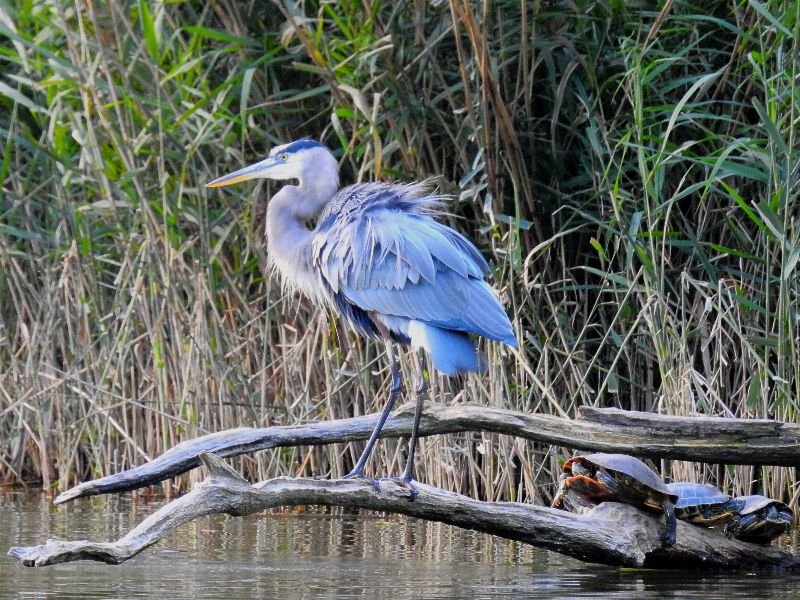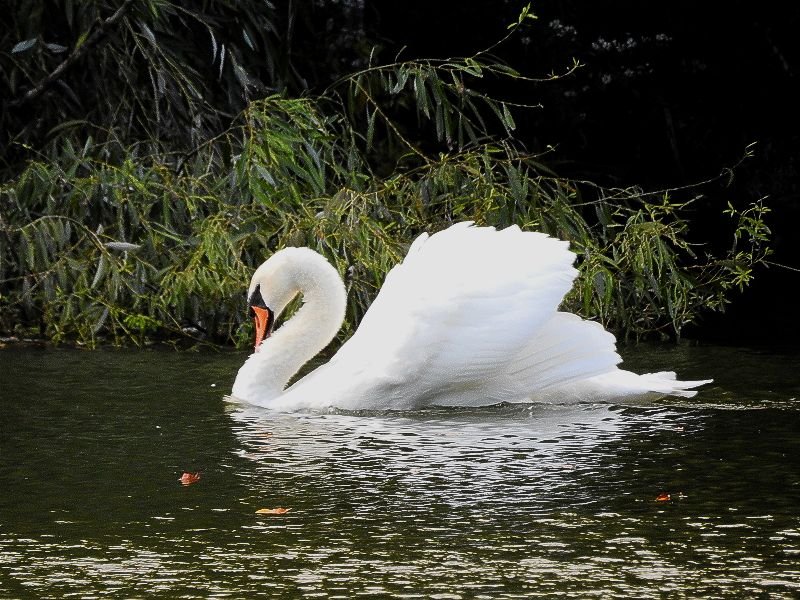Wishing you happy holidays and a healthy, joyous new year!
For this Holistic Update, I want to share several approaches for healing the immune system's negative effects on mental health. Also, I want to update you on what's been happening with my creative projects.
Happily, my presentation for a 2-hour learning lab called Infinite Intention Technique: Connecting, Directing and Transforming Energy for the Association for Comprehensive Energy Psychology (ACEP) was accepted.
The 25th-anniversary international ACEP conference (June 1-5, 2023 in Baltimore, Maryland) will provide an opportunity for me to teach the powerful and versatile energy psychology techniques I created and use for my patients. The conference webpage will be up in January with the list of presenters. Look for me on that roster!
In addition, I submitted a Case Report called Successful Withdrawal from Six Psychiatric Medications Using Criteria-Based Energy Testing: Case Report for the 12th Annual Energy Psychology Research Symposium at the same conference.
The case report focuses on a novel approach to energy testing that helped A.S. successfully navigate medication withdrawal from six psychiatric medications. It breaks new clinical ground in the field of psychiatry. It presents a novel, improved paradigm for healing mental illness to the international clinical community.
You can listen to the patient share her personal experience on the podcast here. Chosen submissions will be notified on January 15, 2023. Let's hope the review board will love it as much as I do!
Now on to a brief overview of my approach to treating two major culprits of mental illness: high levels of histamine and inflammation.
May you enjoy abundance, joy, peace, and success in the days ahead!
Healing Two Top Causes of Mental Illness
Remedies for lowering histamine and inflammation
What is inflammation?
Inflammation is a general term for the protective functions of the immune system (white blood cells) against harmful stimuli, such as toxins, pathogens, damaged cells, and irritants.
It's a complex defense system with many departments that goes to war against foreign invaders that violate our protective boundaries. In addition, inflammation increases with emotional and mental stress, not just with substances, and may also be the driving root cause of mental illness (1,2).
However, like constant war, chronic inflammation is ultimately destructive to the body and mind. So we must find ways to decrease inflammation therapeutically, not just symptomatically because inflammation is an important defense mechanism.
What is histamine?
How does histamine fit within the greater framework of an inflammatory response? Histamine is released by specific immune cells within the inflammatory system (basophils and mast cells).
In other words, the histamine response is part of the inflammatory system. Histamine levels increase with allergens such as a hypersensitivity reaction to foods or pollen (3).
When partially digested foods pass the gut barrier prematurely, they trigger the gastrointestinal tract's immune system (this immune barrier is approximately 70-80% of our entire immune system). Over time, the immune system becomes highly attuned to certain foods and becomes triggered by them, creating more inflammation and higher levels of histamine.
In addition, histamine regulates physiological functions in the gut, increases adrenal activity (fight or flight response/increased anxiety) (4), decreases neuropathic pain (5), and acts as a neurotransmitter in the brain.
Clinically, I wonder if elevated histamine levels that decrease neuropathic pain are associated with patients' self-cutting behaviors. The patients explain that doing so "jolts" them from a state of numbness.
They don't feel much pain when they cut themselves, and they assert that their self-mutilatory behavior is a "quick" way to lessen stress or normalize their semi-dissociated state.
Remedies for decreasing inflammation:
Curcumin is commonly used by holistic practitioners to decrease inflammation. To my surprise, this remedy often tests poorly for my patients (6,7). Curcumin inhibits the NF-κB system, which is central to regulating the survival, activation, and differentiation of innate immune cells and inflammatory T cells (8,9).
Perhaps inhibiting this function may be treating a symptom and not the cause. Instead, I've found that medicinal mushrooms have tested extremely well as a therapeutic intervention for decreasing inflammation.
One patient, who took ImmunoKinoko regularly, lived a very stressful lifestyle, i.e. he didn't have a regular sleep schedule because he was a workaholic. When I checked his initial analysis, I expected to find high levels of inflammation. Astoundingly, his inflammation levels were optimal.
His testing results inspired me to study the role of medicinal mushrooms in supporting the immune system. I also began testing certain brands to see if they would be a good fit for my patients. Since adding this additional intervention, my patients have resolved their problems with inflammation with greater ease. Here are two supplements I've used with good results:
Ultimate Mushroom Complex (FreshCap)
ImmunoKinoko 750 (QOL Labs)
For additional information on how medicinal mushrooms work, please see the references below (10,11,12).
Systemic Enzymes also decrease inflammation. I typically turn to AST Enzymes and use a product called Serracor-NK. Unlike digestive enzymes, systemic enzymes work best on an empty stomach. These supplements decrease inflammation by enzymatically breaking down inflammatory substances in the circulatory system.
Diet and inflammation:
Another important way to lower inflammation and histamine is to stop eating inflammatory foods, in particular the "big three": wheat, dairy, and white, refined sugar (13). I've tried to avoid telling patients the sad news that these foods need to be removed from their diet, but unfortunately, the sickest patients simply cannot heal completely without being strict with their diet, at least for a sustained period.
What may have caused the early onset of significant food sensitivities for some individuals? Some underlying causes include in-utero exposure to infection, toxins, or stressors; a period of poor nutritional intake (anorexia, dietary restriction, eating high levels of junk food, illness); and harmful levels or early exposure to antibiotics creating gut dysbiosis.
Does lowering inflammation automatically decrease histamine?
Interestingly, the answer is no.
Based on my energy testing criteria, some patients with optimal inflammation levels still tested very high for histamine. Perhaps this is because some patients have so many food sensitivities and allergens that began at a very early age, or it may be due to a genetic disorder that results in high histamine levels. So their histamine problem may be a huge reason for their illness. For them, it may be necessary to aggressively lower their histamine levels.
Specific interventions that lower histamine
You may wonder, "What about using Benadryl, the common, over-the-counter antihistamine?"
Since Benadryl is a patented product created as a unique substance by pharmaceutical companies, our bodies recognize it as a foreign substance or a xenobiotic. In response to foreign substances, our immune and detoxification systems get triggered.
The inflammatory response will ensue despite Benadryl being an anti-inflammatory substance. It's best to use products that won't trigger an immune reaction.
There are many natural antihistamines available that don't trigger an inflammatory reaction. Here are just a few examples:
Histazyme (Amy Myers) or any good brand that has Diamine Oxidase.
Histamine (DesBio) homeopathic for decreasing histamine
Rose Absolute (Energy Tools International) an energy medicine supplement
AllQlear (Integrative Therapeutics)
In addition to these remedies, underlying causes for leaky gut, infections, toxins, traumas, and stress must be properly ameliorated. These are some of the most important underlying causes of high levels of histamine and inflammation.
Using energy medicine to heal from high histamine levels or food sensitivities is part of my clinical approach.
I aim to produce a podcast soon with a section on using intention and visualization to help normalize histamine function. In the meantime, please use the energy medicine techniques on my website to help with your healing.
May your new year be filled with good fortune and new adventures!
Please share my Holistic Updates, podcasts, and YouTube videos! If you have questions or comments please contact me HERE. Thanks!
References:
1. Hersey, M., Reneaux, M., Berger, S. N., Mena, S., Buchanan, A. M., Ou, Y., Tavakoli, N., Reagan, L. P., Clopath, C., & Hashemi, P. (2022). A tale of two transmitters: Serotonin and histamine as in vivo biomarkers of chronic stress in mice. Journal of Neuroinflammation, 19(1). https://doi.org/10.1186/s12974-022-02508-9.
2. Doney, E., Cadoret, A., Dion‐Albert, L., Lebel, M., & Menard, C. (2021). Inflammation‐driven brain and gut barrier dysfunction in stress and mood disorders. European Journal of Neuroscience, 55(9-10), 2851–2894. https://doi.org/10.1111/ejn.15239.
3. Shulpekova YO, Nechaev VM, Popova IR, Deeva TA, Kopylov AT, Malsagova KA, Kaysheva AL, Ivashkin VT. Food Intolerance: The Role of Histamine. Nutrients. 2021 Sep 15;13(9):3207. https://doi.org/10.3390/nu13093207. PMID: 34579083; PMCID: PMC8469513.
4. Euler, U. S. (1966). Relationship between histamine and the autonomous nervous system. Histamine and Anti-Histaminics, 318–333. https://doi.org/10.1007/978-3-662-12016-3_15
5. Obara, I., Telezhkin, V., Alrashdi, I., & Chazot, P. L. (2019). Histamine, histamine receptors, and neuropathic pain relief. British Journal of Pharmacology, 177(3), 580–599. https://doi.org/10.1111/bph.14696
6. Wikimedia Foundation. (2022, December 14). Curcumin. Wikipedia. Retrieved December 21, 2022, from https://en.wikipedia.org/wiki/Curcumin
7. Liu, S., Liu, J., He, L., Liu, L., Cheng, B., Zhou, F., Cao, D., & He, Y. (2022). A comprehensive review on the benefits and problems of curcumin with respect to human health. Molecules, 27(14), 4400. https://doi.org/10.3390/molecules27144400
8. Liczbiński, P., Michałowicz, J., & Bukowska, B. (2020). Molecular mechanism of curcumin action in signaling pathways: Review of the Latest Research. Phytotherapy Research, 34(8), 1992–2005. https://doi.org/10.1002/ptr.6663
9. Liu, T., Zhang, L., Joo, D., & Sun, S.-C. (2017, July 14). NF-ΚB signaling in inflammation. Nature News. Retrieved December 21, 2022, from https://www.nature.com/articles/sigtrans201723#article-info
10. Rogers, R. D. (2020). Medicinal mushrooms: The human clinical trials. Prairie Deva Press.
11. Hobbs, C. (2021). Christopher Hobbs's medicinal mushrooms: The Essential Guide: Boost Immunity, improve memory, fight cancer, stop infection, and expand your consciousness. Storey Publishing.
12. Powell, M. (2014). Medicinal mushrooms: A clinical guide.Mycology Press.
13. Gluten, sugar, dairy – what do they have in common? Holistic Movement. (n.d.). Retrieved December 21, 2022, from https://www.holisticmovement.com.au/gluten-sugar-dairy-what-do-they-have-in-common/

